Timeline
More from year 1969
Spread the love! If you like what you are seeing, share it on social networks and let others know about The Paul McCartney Project.
About
On this day, at 10 am, The Beatles gathered at EMI Studios to walk across the zebra crossing of Abbey Road, and photographer Iain Macmillan took the iconic photo which would serve as the cover photograph of their album “Abbey Road“.
The crossing was right outside, and we said, ‘Let’s just go out, get a photographer and walk out on the crossing. It’ll be done in half an hour.’ It was getting quite late and you always have to get the cover in ahead of the sound. So we got hold of the photographer Iain Macmillan, gave him half an hour and walked across the crossing.
Paul McCartney – From “The Beatles Anthology” book, 2000
In 1993, Paul McCartney would recreate this photograph, still with Iain Macmillan, for his “Paul Is Live” live album.
The only hint they gave me or anybody [that “Abbey Road” would be their last album] was on the album cover, where they’re walking across the street. For people who don’t know the geography, they’re actually walking away from the EMI Studios – or Abbey Road, as everybody knows it now. This was intentional on their part – they didn’t want to be seen as walking toward the studio. When I saw that photo, I did think to myself, ‘They’re sending a message.’
Geoff Emerick (engineer on Abbey Road) – From MusicRadar, 2014 interview
From Abbey Road Studios, August 8, 2019:
All four Beatles gathered at EMI Studios on the morning of Friday 8 August 1969 for one of the most famous photo shoots of their career. Photographer Iain Macmillan took the iconic image that adorned their last-recorded album, Abbey Road. Iain Macmillan was a freelance photographer and a friend to John Lennon and Yoko Ono.
A policeman held up the traffic as Macmillan, from a stepladder positioned in the middle of the road, took six shots as the group walked across the zebra crossing just outside the studio. […]
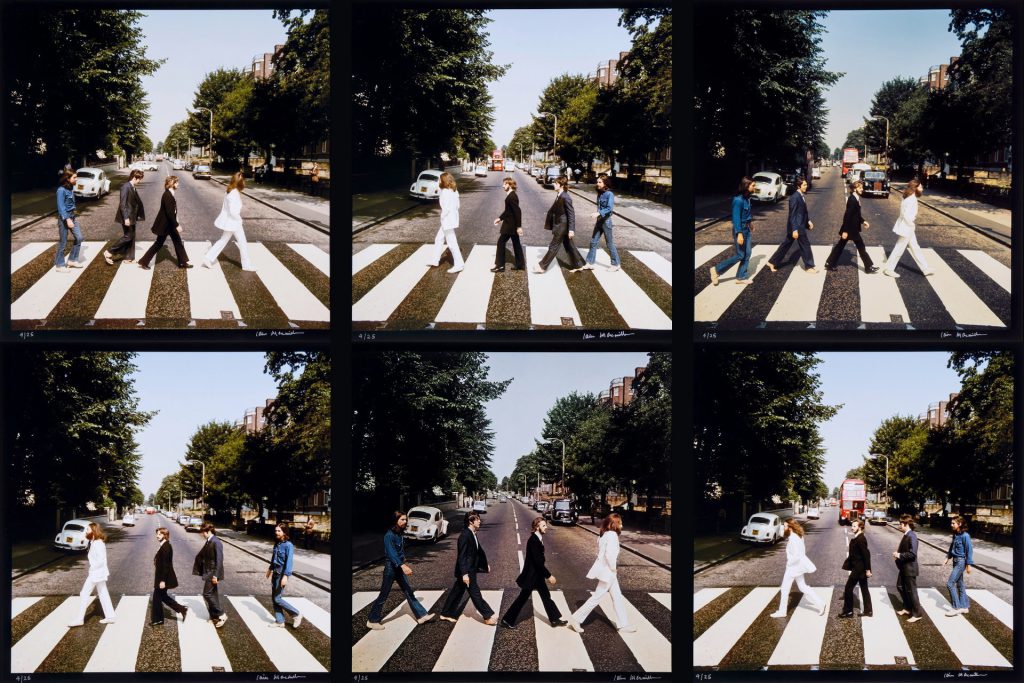
It was a hot day in London, a really nice hot day and I wore sandals. I only had to walk around the corner to get to the crossing because I lived nearby… for the photo session, I thought, ‘I’ll take my sandals off.’ Barefoot, nice warm day, I didn’t feel like wearing shoes. When the album came out, people started looking at it and they said, ‘Why has he got no shoes on? He’s never done that before!’
Paul McCartney, from “The Beatles: Off the Record” by Keith Badman
Paul McCartney, being barefoot, would serve as a clue to justify the “Paul Is Dead” rumour which grew in popularity after the release of “Abbey Road“.
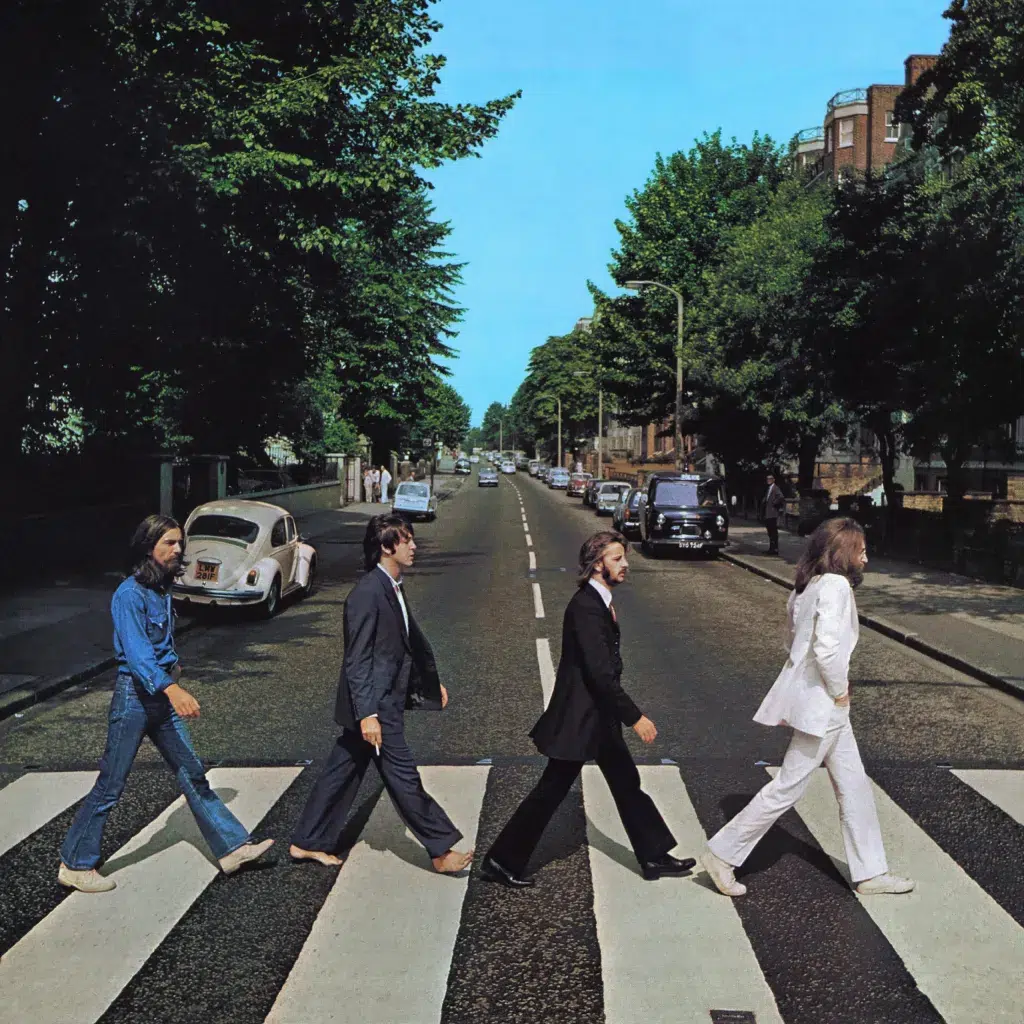
From Abbey Road Studios, August 8, 2019:
[…] The original working title for Abbey Road was Everest, and the legendary cover was never in the plan at all. Engineer Geoff Emerick was smoking Everest cigarettes in the studio, and the band eventually took a liking to the stark image of their silhouettes against a white mountain. Everest became the working title of their then-unnamed eleventh album.
However, the Everest plan didn’t last. Once the group decided that Nepal was out of the question, Paul McCartney then came up with the idea to take a photograph outside of EMI Studios on a break from recording. Pictured below is an original sketch from Paul depicting his ideas for what he wanted the album cover to resemble, to which Iain Macmillan added a more detailed illustration in the top right.
Shortly after the shoot, McCartney studied the transparencies and chose the only one where all four Beatles were walking in time. It also satisfied The Beatles’ desire for the world to see them walking away from the studios they had spent so much of the last seven years inside.
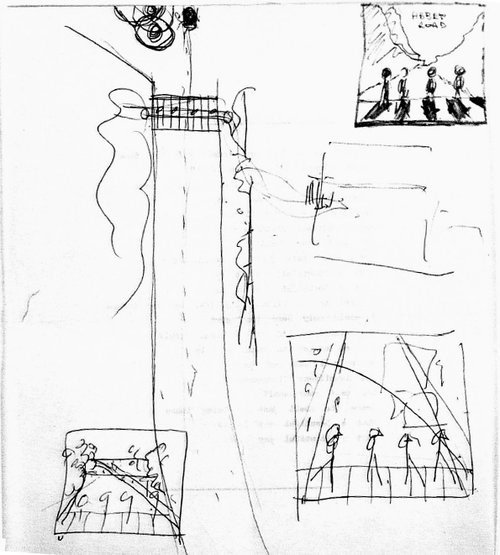
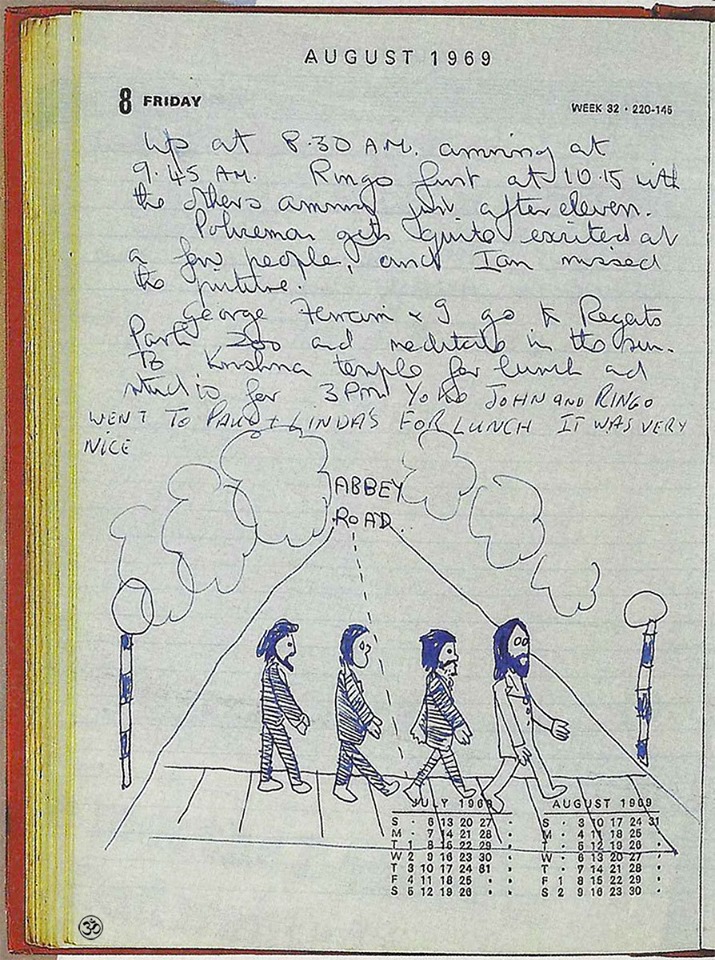
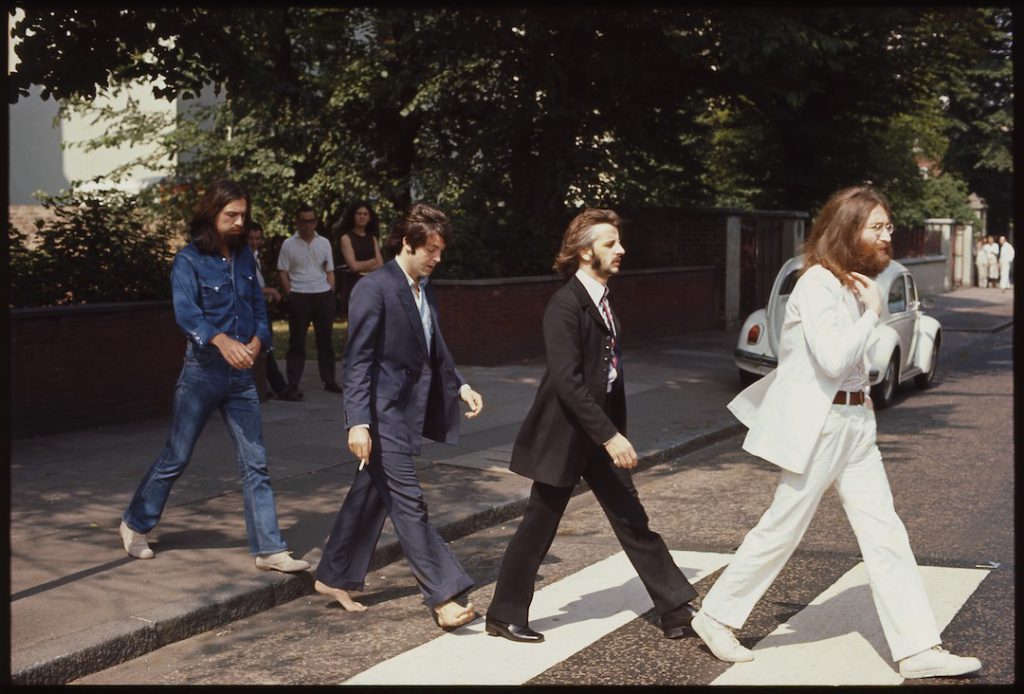
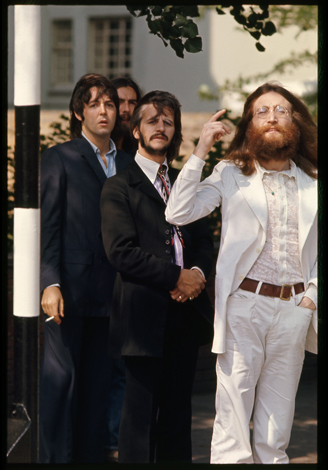
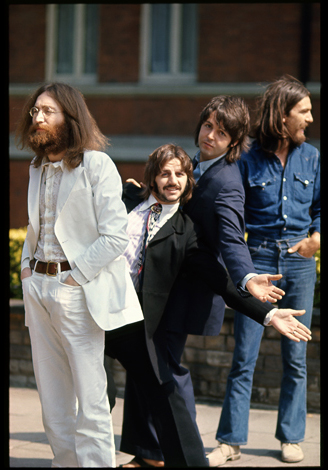
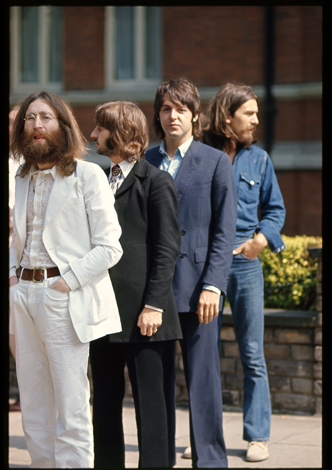
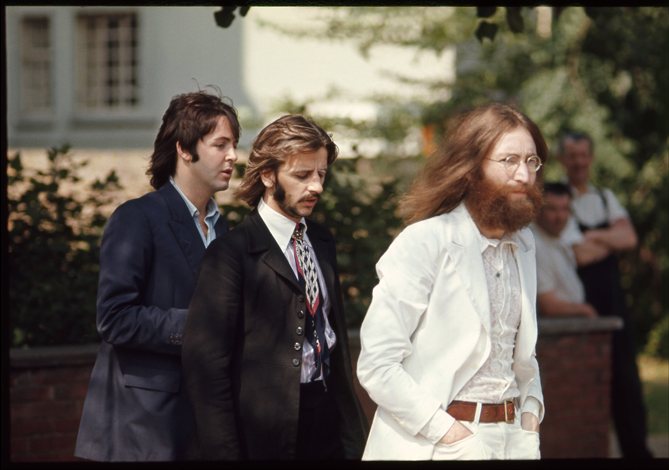
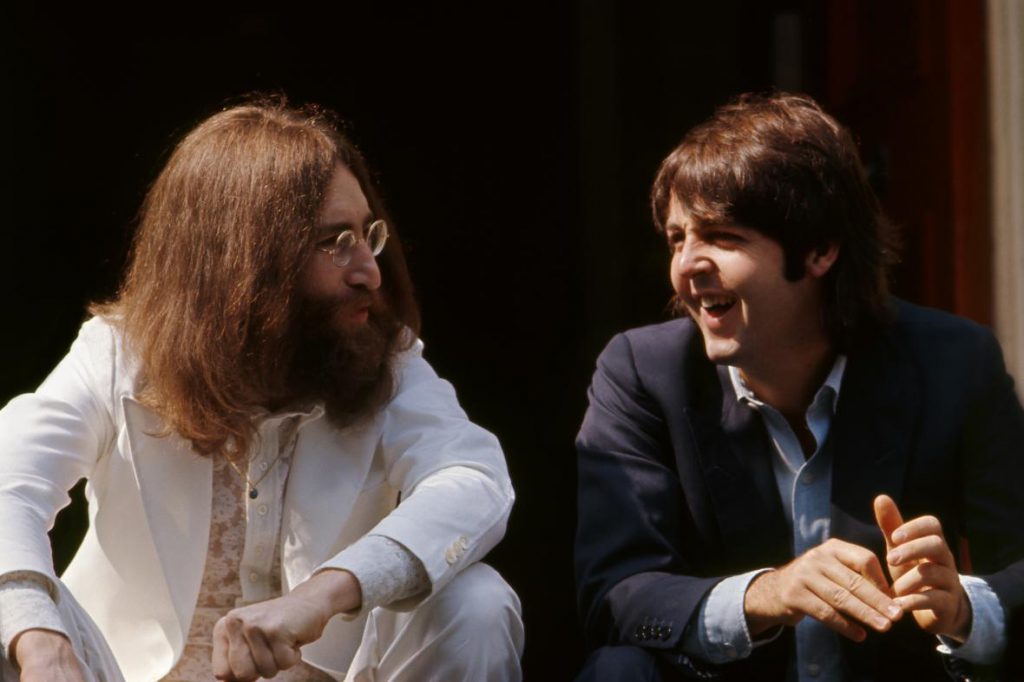
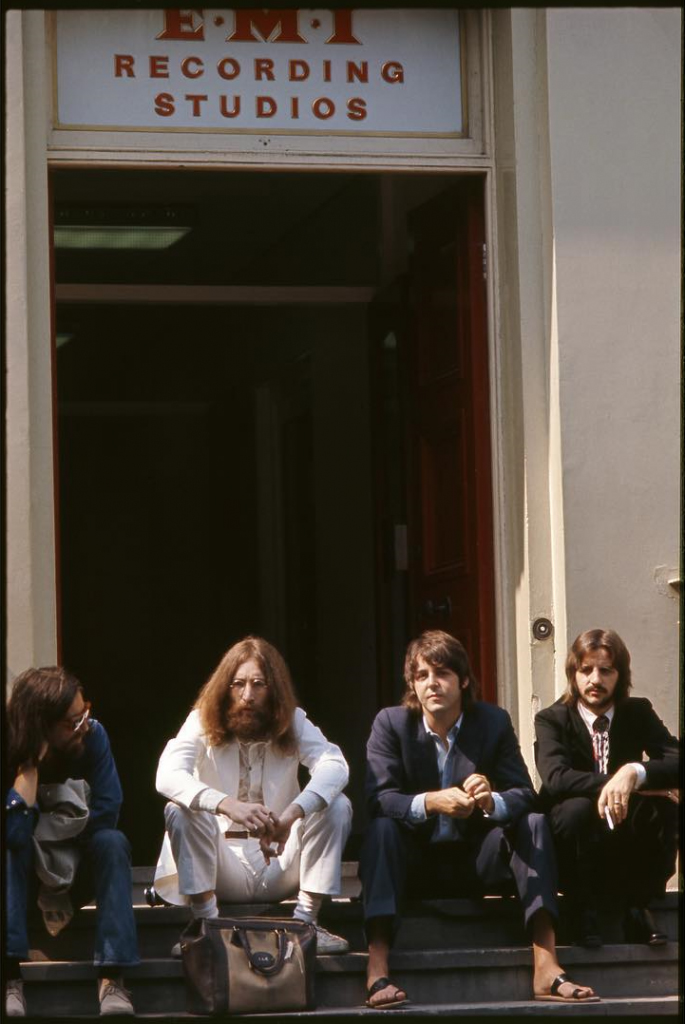
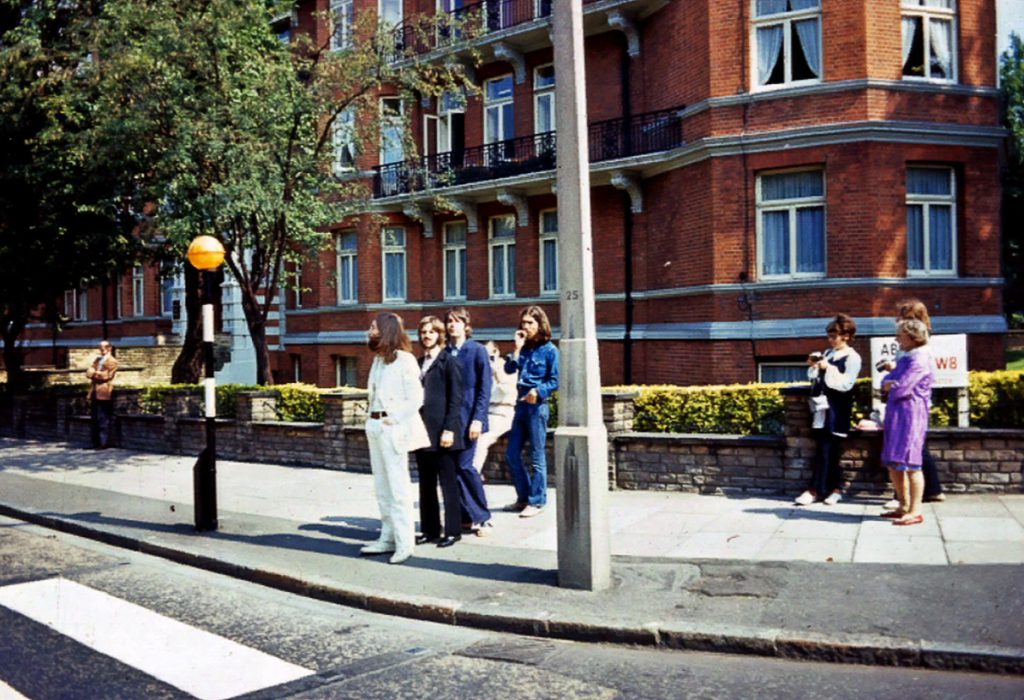
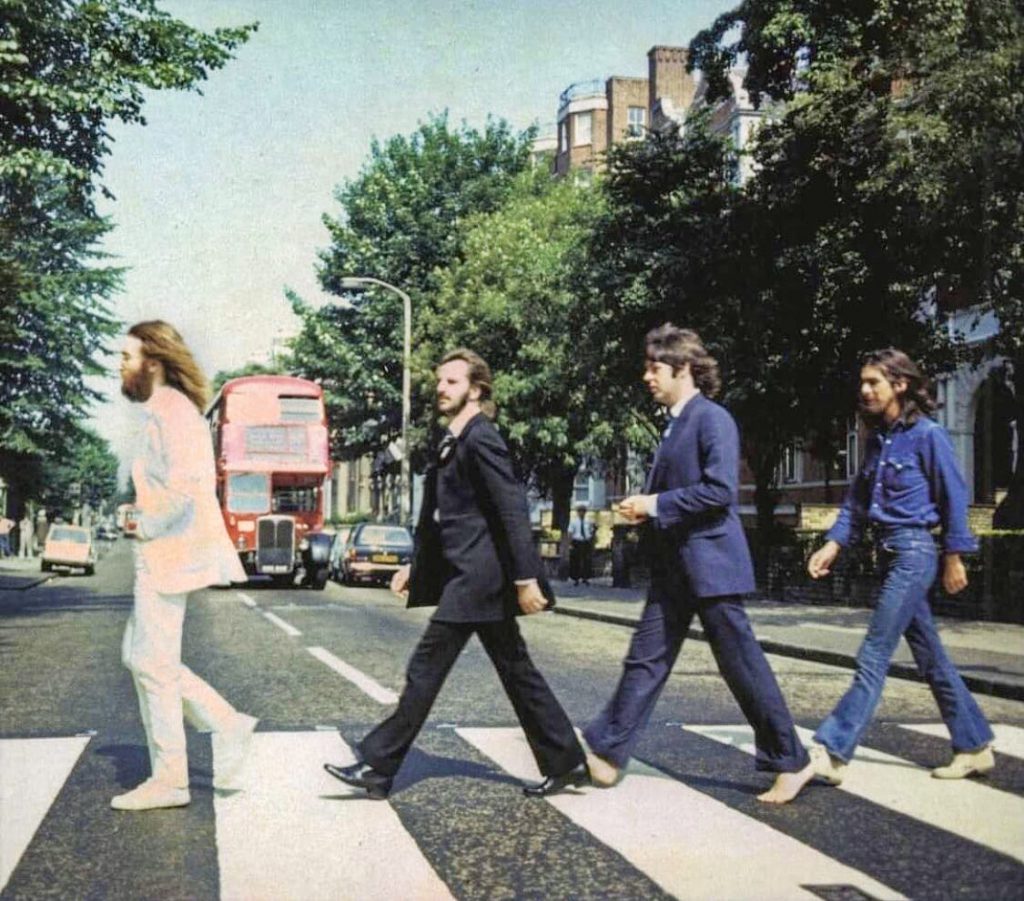
On the 8th August, the Beatles assembled in Abbey Road at the unusually early hour of 10 o’clock in the morning for the photo session for the cover of their Abbey Road LP.
After they had finished being photographed, they decided it was much too early to start recording, so Ringo went shopping, Paul took John back to his home for a cup of tea, and George and Mal went to visit the Regent’s Park Zoo. They spent several hours wandering around the cages and animal houses and afterwards walked around Regent’s Park.
The extraordinary thing was that during the whole morning absolutely no one recognised George Harrison. Perhaps there are so many similar haircuts in London these days that no one spares a second glance for anyone with long locks.
From The Beatles Book N°74, September 1969

Last updated on April 2, 2022
Going further
The Beatles Diary Volume 1: The Beatles Years
"With greatly expanded text, this is the most revealing and frank personal 30-year chronicle of the group ever written. Insider Barry Miles covers the Beatles story from childhood to the break-up of the group."
We owe a lot to Barry Miles for the creation of those pages, but you really have to buy this book to get all the details - a day to day chronology of what happened to the four Beatles during the Beatles years!
Solid State: The Story of "Abbey Road" and the End of the Beatles
Acclaimed Beatles historian Kenneth Womack offers the most definitive account yet of the writing, recording, mixing, and reception of Abbey Road. In February 1969, the Beatles began working on what became their final album together. Abbey Road introduced a number of new techniques and technologies to the Beatles' sound, and included "Come Together," "Something," and "Here Comes the Sun," which all emerged as classics.
If we like to think, in all modesty, that the Paul McCartney Project is the best online ressource for everything Paul McCartney, The Beatles Bible is for sure the definitive online site focused on the Beatles. There are obviously some overlap in terms of content between the two sites, but also some major differences in terms of approach.

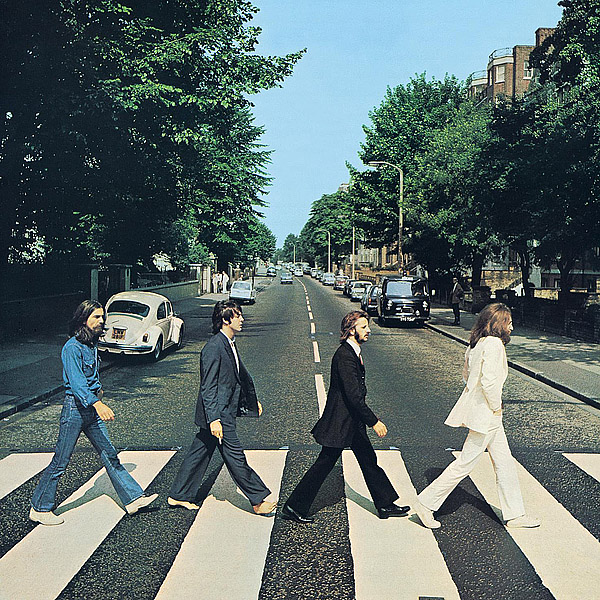














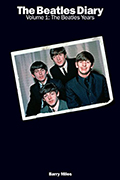
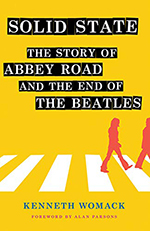
Contribute!
Have you spotted an error on the page? Do you want to suggest new content? Or do you simply want to leave a comment ? Please use the form below!
Abbey Road – In Their Own Words 1 year ago
[…] Iain Macmillan’s outtake photos from the Abbey Road album photo session, including Paul’s original concept drawing. […]
Photo Tampering – Grace Henley 2 months ago
[…] or picture tampering has a long history. One notable instance is the tampering of the iconic Beatles Abbey Road album cover. In the original photo, Paul McCartney was depicted hold a cigarette in the third position of the […]